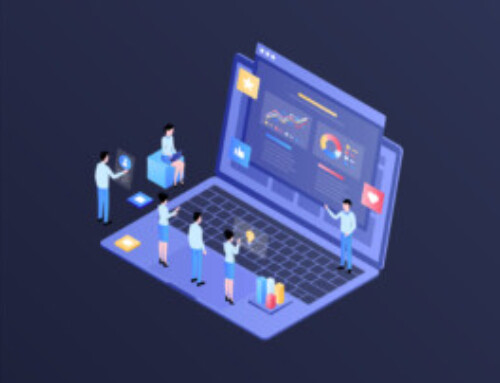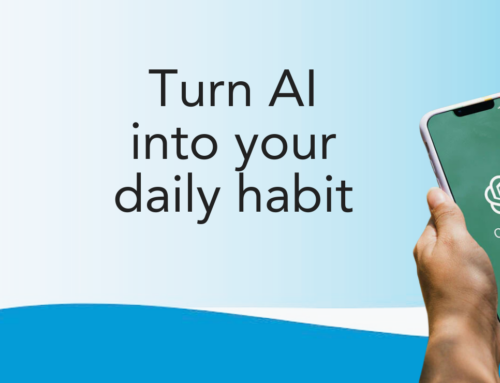 One benefit of being a consultant is the diversity of work. The opportunities to practice technology and business intelligence across multiple industries really exposes you to new experiences. While challenging, basic fundamentals can be applied to any project.
One benefit of being a consultant is the diversity of work. The opportunities to practice technology and business intelligence across multiple industries really exposes you to new experiences. While challenging, basic fundamentals can be applied to any project.
Over the holidays, a client had me launch two redesigned websites – Grande Sports World and Barca Residency Academy. GSW is a site to promote a sporting facility and is home to Barca Residency Academy. Barca Residency Academy is the only full-time soccer residency academy sponsored by FC Barcelona.
As a note, if you don’t know about FC Barcelona and the world of soccer, they are similar to the NY Yankees and the world of baseball. Branding is critical on all levels.
While both of these sites are not as technically complicated as real estate websites, the messaging is crucial to engaging consumers. The following are just a few tidbits I have learned from this project.
Realities of Constructing a New Website
Whoever claims they can redesign and launch a business website in four to six weeks, is crafting a website in a vacuum or is using a templated site. I would bet money that their end product doesn’t serve the consumer or the owner very well. Four weeks is barely enough time to perform an archetype analysis of the people who will use the site and develop the first wireframe.
If a website is to have a strategical impact to the business, it takes time to connect all the dots. More importantly, it takes people collaboration to vet through all the decision. People’s schedules, availability, and opinions always increase the time to deliver on a website.
Why does it take so long? Successful project launches for any technology requires diligence in following a process. I would venture to say this is true for the simplest of websites or digital campaigns.
Knowing the Audience
Bypassing this step happens a majority of the time. Why? Everyone on the project team thinks they already know who is consuming the content of their website. A correctly completed archetype analysis usually finds little gold nuggets of insight on the consumer. During this step with the GSW project, three unique consumers and their needs influenced the pages for the website. Students, parents, and organizations who needed a facility to rent for their own use certainly played a role in the development of the website.
Real estate websites require the same diligence of analysis. As an example: How does the agent profile page on a site speak to buyers, sellers, or other agents? What do you mean by ‘other agents’? Agents research other agents, and an agent profile page should have information to resolve basic curiosity.
Evaluate and understand who uses the ancillary service pages on a real estate website. Is the messaging and call-to-actions speaking to the right audience? MSC Title from Michael Saunders & Company exhibits their value to buyers who need title insurance. They are local, backed by great underwriters, and display testimonials for potential clients to review.
Ancillary pages are packed with value if you capture who is using the page. If done right, the benefits for the brokerage is additional revenue to the company.
When you ask the question of “Who is going to use this page?”, unexpected clues surface with new ways to engage users.
Wireframes and Comps
Sorry, but I have an unnerving pet peeve on this topic. Please say “Mobile First”!
Even today, design teams are providing desktop wireframes and comps. Last year, the three website design firms only provided computer monitor wireframes and comps. I want a phone AND desktop wireframe and comp.
People who want to research real estate, use their mobile device; when they engage and submit an inquiry, they are most likely using a tablet or laptop. This makes sense, as property photos are larger and easier to view.
Reviewing the analytics for Barca Residency Academy told us more inquiries were generated by a mobile device, but not as many as you would think. What was revealing is the conversion rate for tablet and desktop devices was significantly higher than mobile. Still, an approach to focus on Mobile First is important for both responsive and progressive websites.
Progressive websites are another great reason for the Mobile First mentality. My partner Kevin Hawkins mentioned this as a technology to watch for 2019.
Not only is Google hot on this tech, but Gartner – a leader in technology research and advisory company – predicted earlier last year that progressive web apps become 50% of the mobile app market by 2020.
Heads-up – the tools for User Experience and User Interface (UX/UI) are growing up fast. They have expanded their ability to create mobile and desktop wireframes and comps. Products like Sketch, Invision Studio, and Adobe XD are able to create, display, and share for mobile and desktop. I use Adobe XD from the Adobe Creative Cloud Suite subscription.
Summary
Today’s website redesign must take into account all these topics. Clarity on who is doing business on your website helps craft the right message and call-to-action to engage them. Without this, the effort cannot support quantifiable objectives. Stayed tuned as we dive into the online business intelligence requirements for website redesigns.
If you need assistance connecting the dots through the redesign lifecycle of a website, contact Victor Lund, Marilyn Wilson, or David Gumpper to schedule time for a chat.





David –
I’m just catching up after the holiday and reading both your and Kevin’s blog posts. Bother are excellent examples of what brokers should be considering.
At TRIBUS we’ve been building all new broker sites as SPAs / Progressive Web Apps for the past two years. It’s one of the ways we have CLIMB real estate loading so fast.
In addition, we have been doing mobile comps for 5+ years now for all website designs. Mobile is roughly 65-70% of an average large broker’s web traffic, so it’s vital that mobile designs, regardless of size of device, look flawless.
One thing I would add to your post – is to check with the vendor if what the broker is getting is really custom – or is it a retouch of their current template options. If a vendor uses a template, this can cause all sorts of problems and brick walls for that brokerage down the road.